Filter by
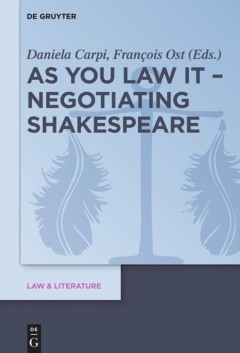
As You Law It : Negotiating Shakespeare
Shakespeare was fascinated by law, which permeated Elizabethan everyday life. The general impression one derives from the analysis of many plays by Shakespeare is that of a legal situation in transformation and of a dynamically changing relation between law and society, law and the jurisdiction of Renaissance times. Shakespeare provides the kind of literary supplement that can better illustrate…
- Edition
- -
- ISBN/ISSN
- 9783110590821
- Collation
- 276 halaman
- Series Title
- Law & Literature Volume 15
- Call Number
- 800 ASY

Authorizing Early Modern European Women : From Biography to Biofiction
The essays in this volume analyze strategies adopted by contemporary novelists, playwrights, screenwriters, and biographers interested in bringing the stories of early modern women to modern audiences. It also pays attention to the historical women creators themselves, who, be they saints or midwives, visual artists or poets and playwrights, stand out for their roles as active practitioners of …
- Edition
- -
- ISBN/ISSN
- 9789463727143
- Collation
- 288 halaman
- Series Title
- Gendering the Late Medieval and Early Modern World
- Call Number
- 800 AUT
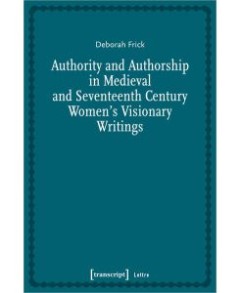
Authority and Authorship in Medieval and Seventeenth Century Women's Visionar…
In medieval and early modern times, female visionary writers used the mode of prophecy to voice their concerns and ideas, against the backdrop of cultural restrictions and negative stereotypes. In this book, Deborah Frick analyses medieval visionary writings by Julian of Norwich and Margery Kempe in comparison to seventeenth-century visionary writings by authors such as Anna Trapnel, Mary Carey…
- Edition
- -
- ISBN/ISSN
- 9783839456897
- Collation
- 156 halaman
- Series Title
- Lettre
- Call Number
- 800 FRI a
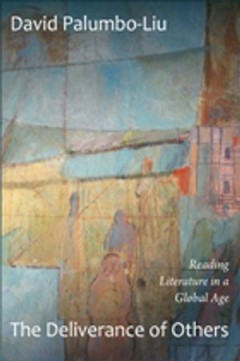
The Deliverance of Others : Reading Literature in a Global Age
The Deliverance of Others is a compelling reappraisal of the idea that narrative literature can expand readers' empathy. What happens if, amid the voluminous influx of otherness facilitated by globalization, we continue the tradition of valorizing literature for bringing the lives of others to us, admitting them into our world and valuing the difference that they introduce into our lives? In th…
- Edition
- -
- ISBN/ISSN
- 9780822352501
- Collation
- 240 halaman
- Series Title
- -
- Call Number
- 800 PAL d
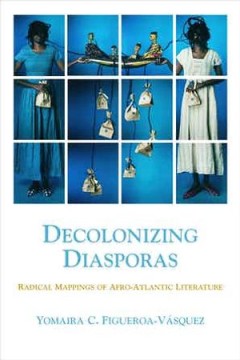
Decolonizing Diasporas : Radical Mappings of Afro-Atlantic Literature
Decolonizing Diasporas proposes a new way to read the literary and cultural productions of the Afro-Atlantic. Mapping literature from Spanish-speaking Sub-Saharan African and Afro-Latinx Caribbean diasporas, Figueroa-Vásquez argues that the works of diasporic writers and artists offer ways of imagining new worldviews which dismantle the logics of colonial modernity. Utilizing women of color fe…
- Edition
- -
- ISBN/ISSN
- 9780810142435
- Collation
- 304 halaman
- Series Title
- -
- Call Number
- 800 FIG d
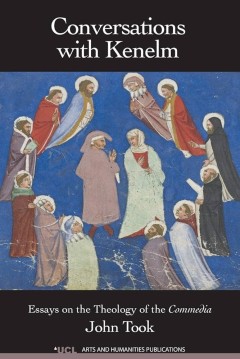
Conversations with Kenelm : Essays on the Theology of the Commedia
In a celebratory moment of the Paradiso, Dante has Thomas go round the circle of sage spirits identifying each in turn in point of proper calling and confirming how it is that self is everywhere present to the other-than-self as a co-efficient of being in the endless and endlessly varied instantiation of that being. The image, at once perfectly Dantean and perfectly resplendent, underlies and i…
- Edition
- -
- ISBN/ISSN
- 9781909188006
- Collation
- 214 halaman
- Series Title
- -
- Call Number
- 800 TOO c
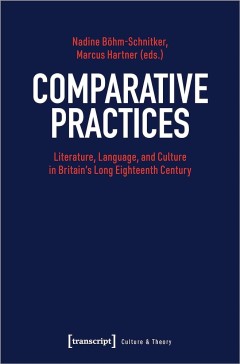
Comparative Practices : Literature, Language, and Culture in Britain's Long E…
Comparisons not only prove fundamental in the epistemological foundation of modernity (Foucault, Luhmann), but they fulfil a central function in social life and the production of art. Taking a cue from the Practice Turn in sociology, the contributors are investigating the role of comparative practices in the formation of eighteenth-century literature and culture. The book conceives of social pr…
- Edition
- -
- ISBN/ISSN
- 9783839457993
- Collation
- 226 halaman
- Series Title
- -
- Call Number
- 800 BOH c
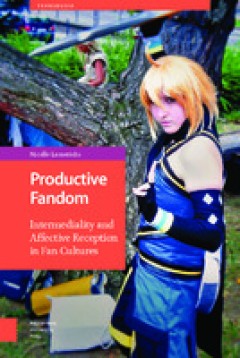
Productive Fandom
This book offers a media ethnography of the digital culture, conventions, and urban spaces associated with fandoms, arguing that fandom is an area of productive, creative, and subversive value.
- Edition
- -
- ISBN/ISSN
- 9789089649386
- Collation
- -
- Series Title
- -
- Call Number
- -
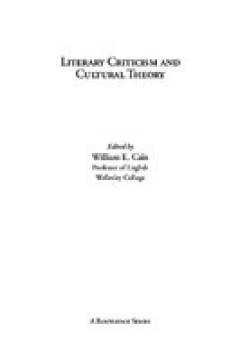
Keeping up Her Geography
Recently, literary critics and some historians have argued that to use the language of separate spheres is to "mistake fiction for reality." However, the tendency in this criticism is to ignore the work of feminist political theorists who argue that a range of ideologies of the public and private consistently work to mask gender inequalities. In Keeping Up Her Geography, Tanya Ann Kenedy argues…
- Edition
- -
- ISBN/ISSN
- 9781135863289
- Collation
- -
- Series Title
- -
- Call Number
- -
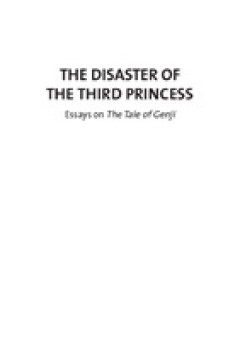
The Disaster of the Third Princess
These seven essays by the most recent English translator of The Tale of Genji emphasize three major interpretive issues. What is the place of the hero (Hikaru Genji) in the work? What story gives the narrative underlying continuity and form? And how does the closing section of the tale (especially the ten “Uji chapters”) relate to what precedes it? Written over a period of nine years, the e…
- Edition
- -
- ISBN/ISSN
- 320414329
- Collation
- -
- Series Title
- -
- Call Number
- -
 Computer Science, Information & General Works
Computer Science, Information & General Works  Philosophy & Psychology
Philosophy & Psychology  Religion
Religion  Social Sciences
Social Sciences  Language
Language  Pure Science
Pure Science  Applied Sciences
Applied Sciences  Art & Recreation
Art & Recreation  Literature
Literature  History & Geography
History & Geography